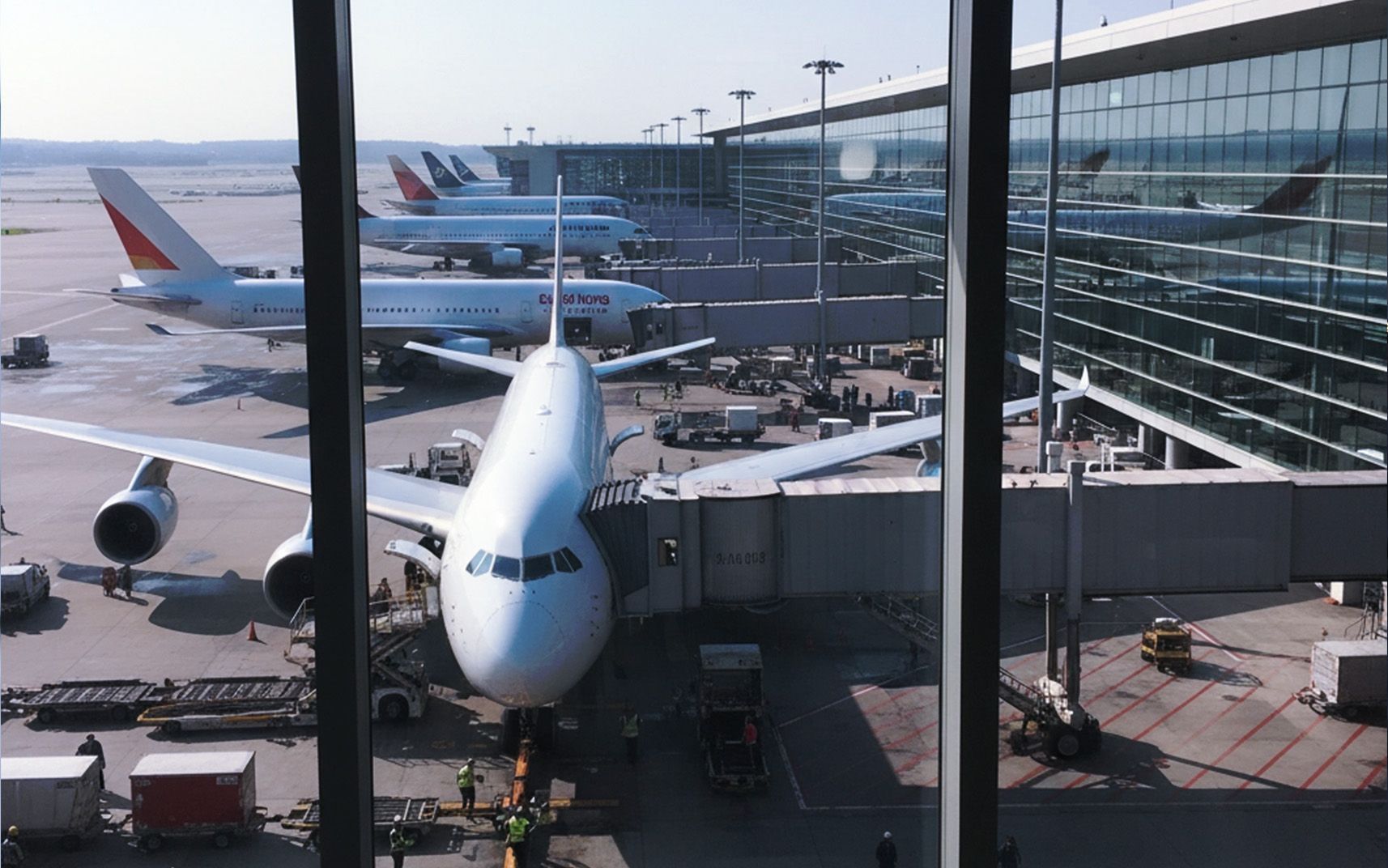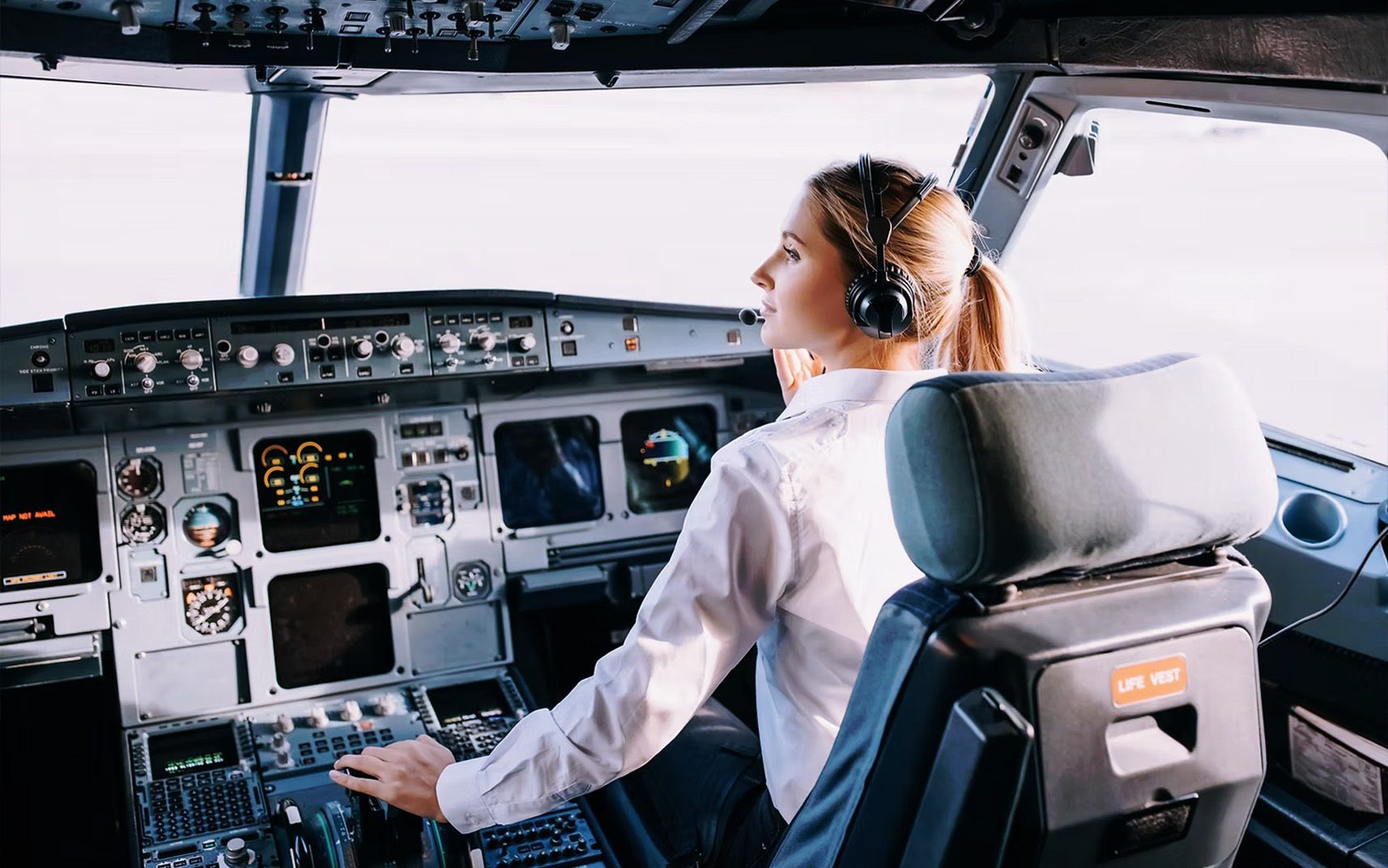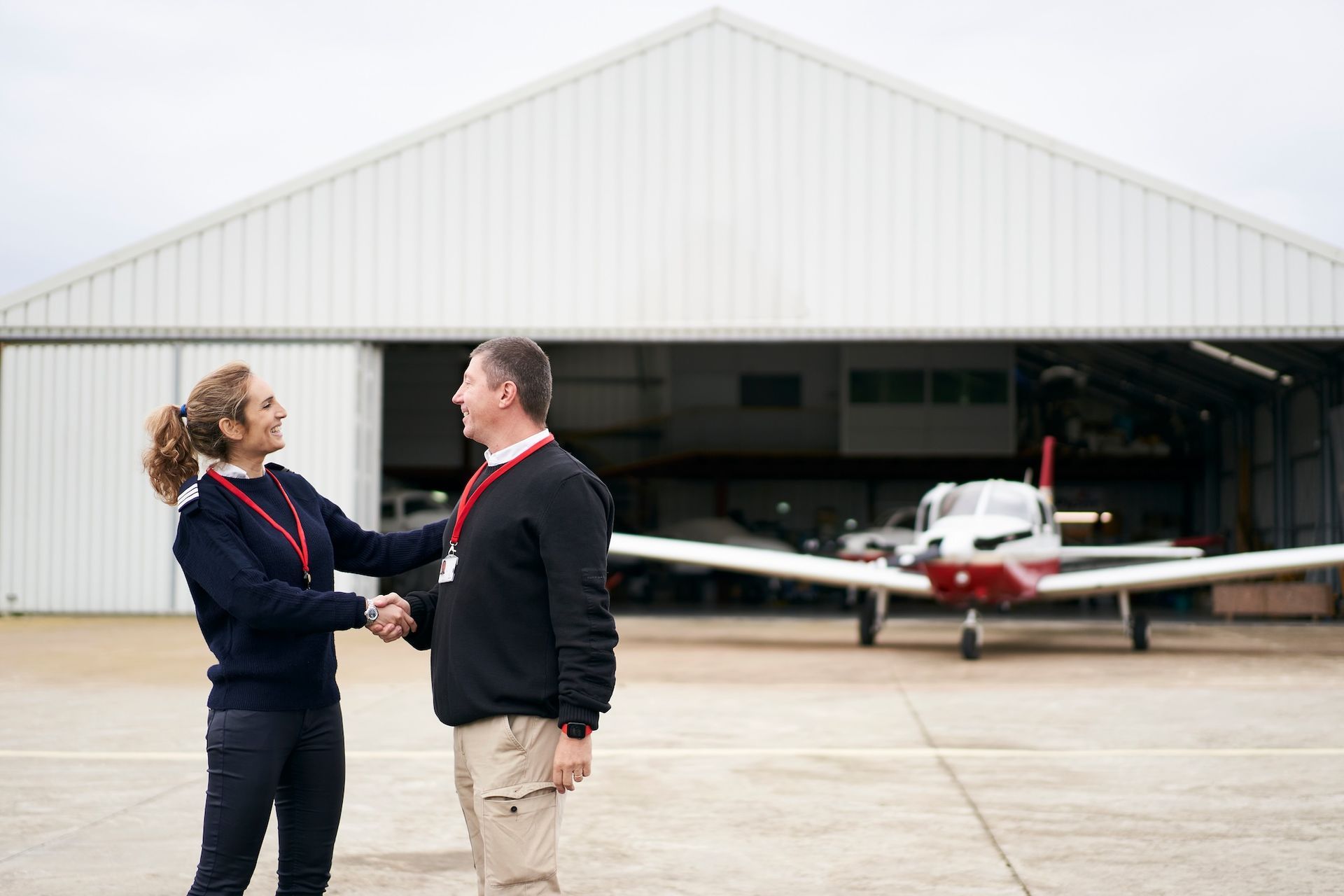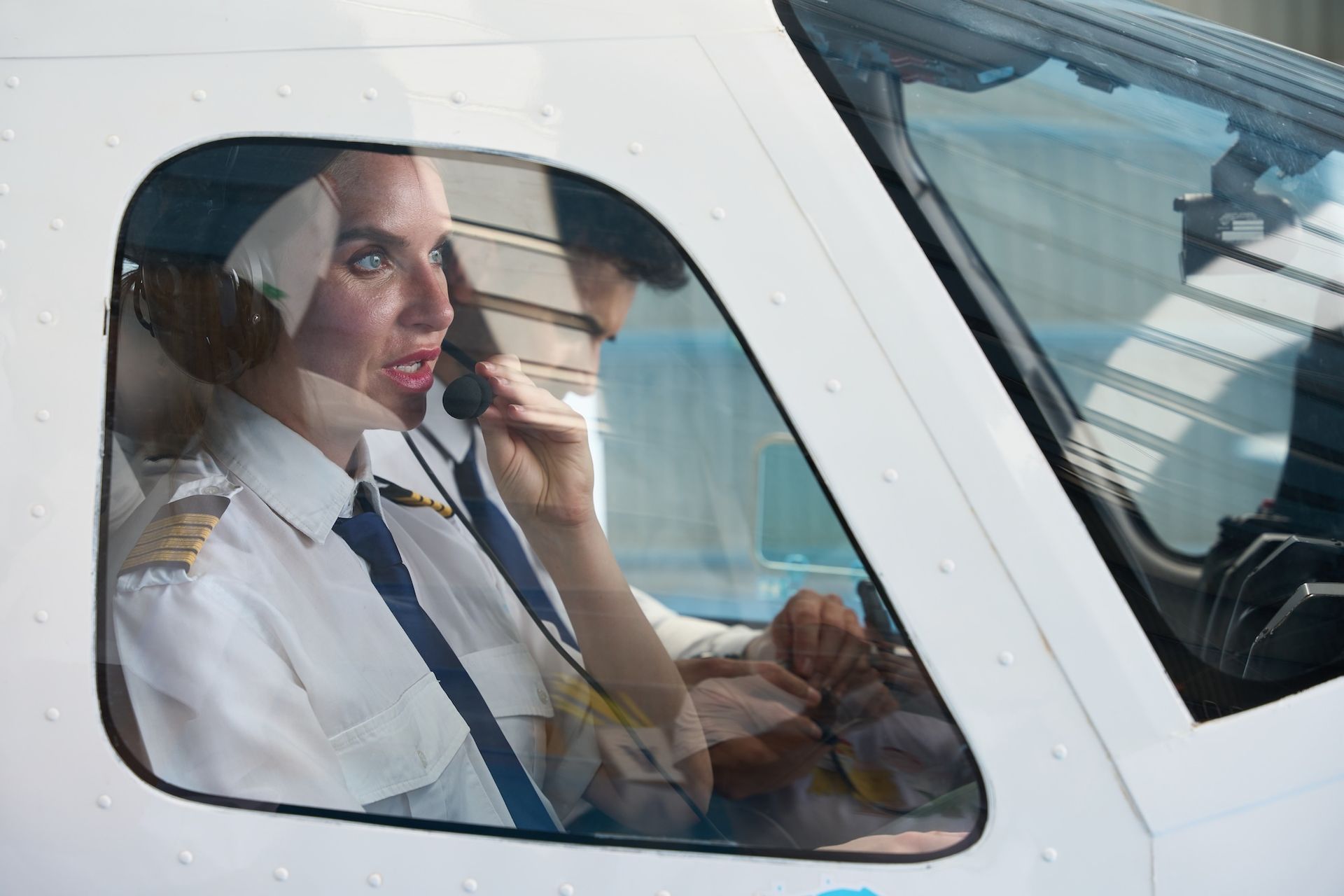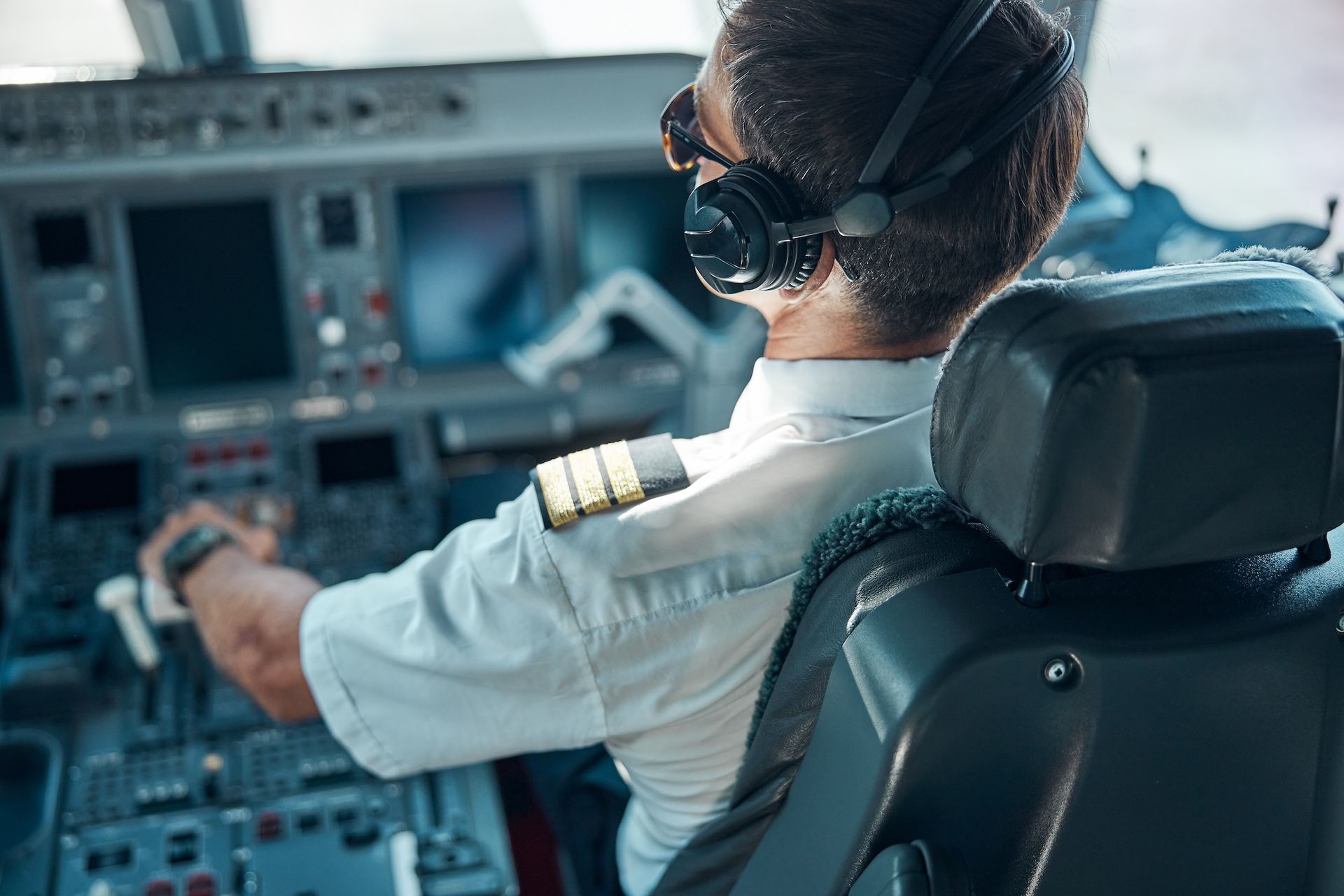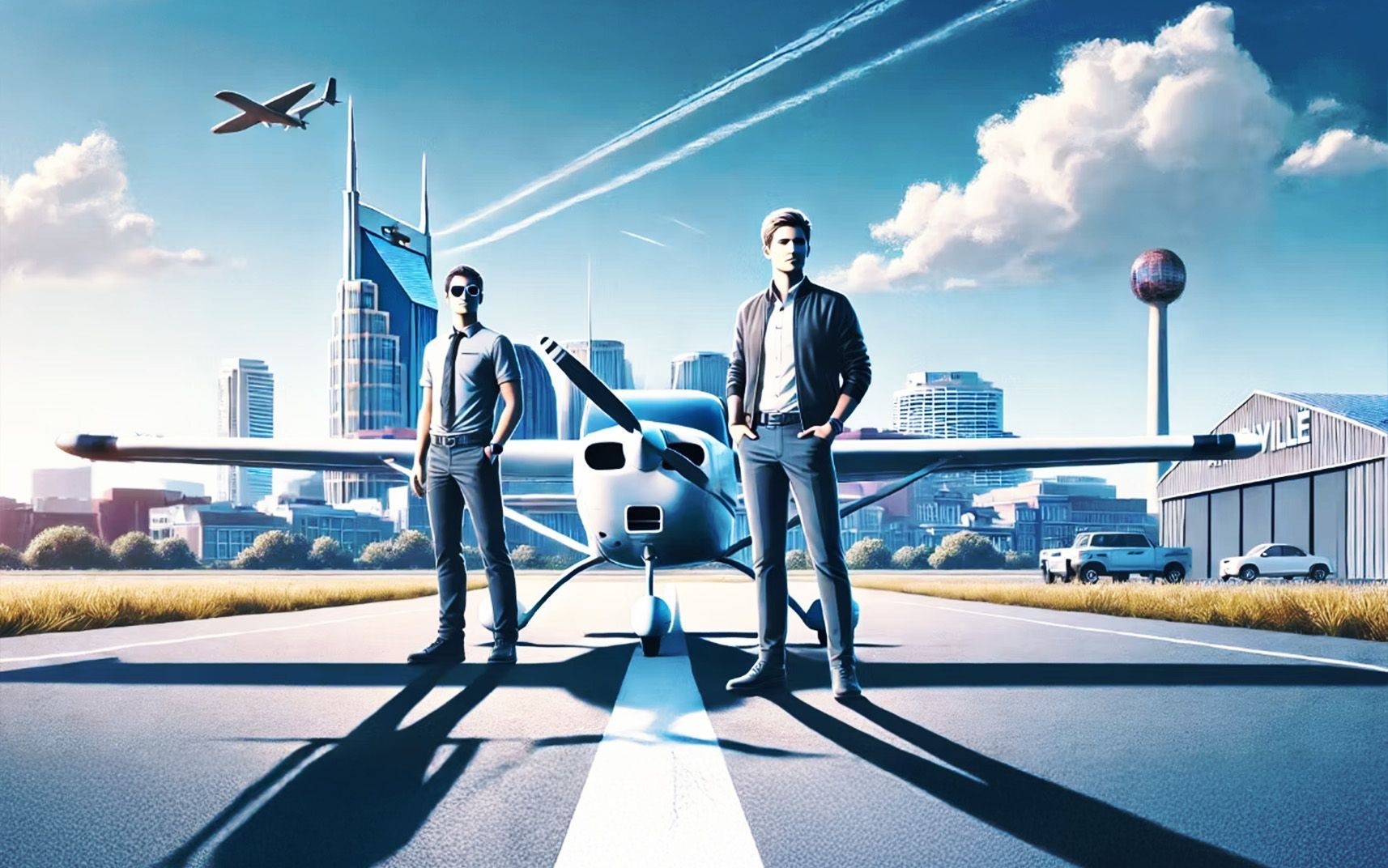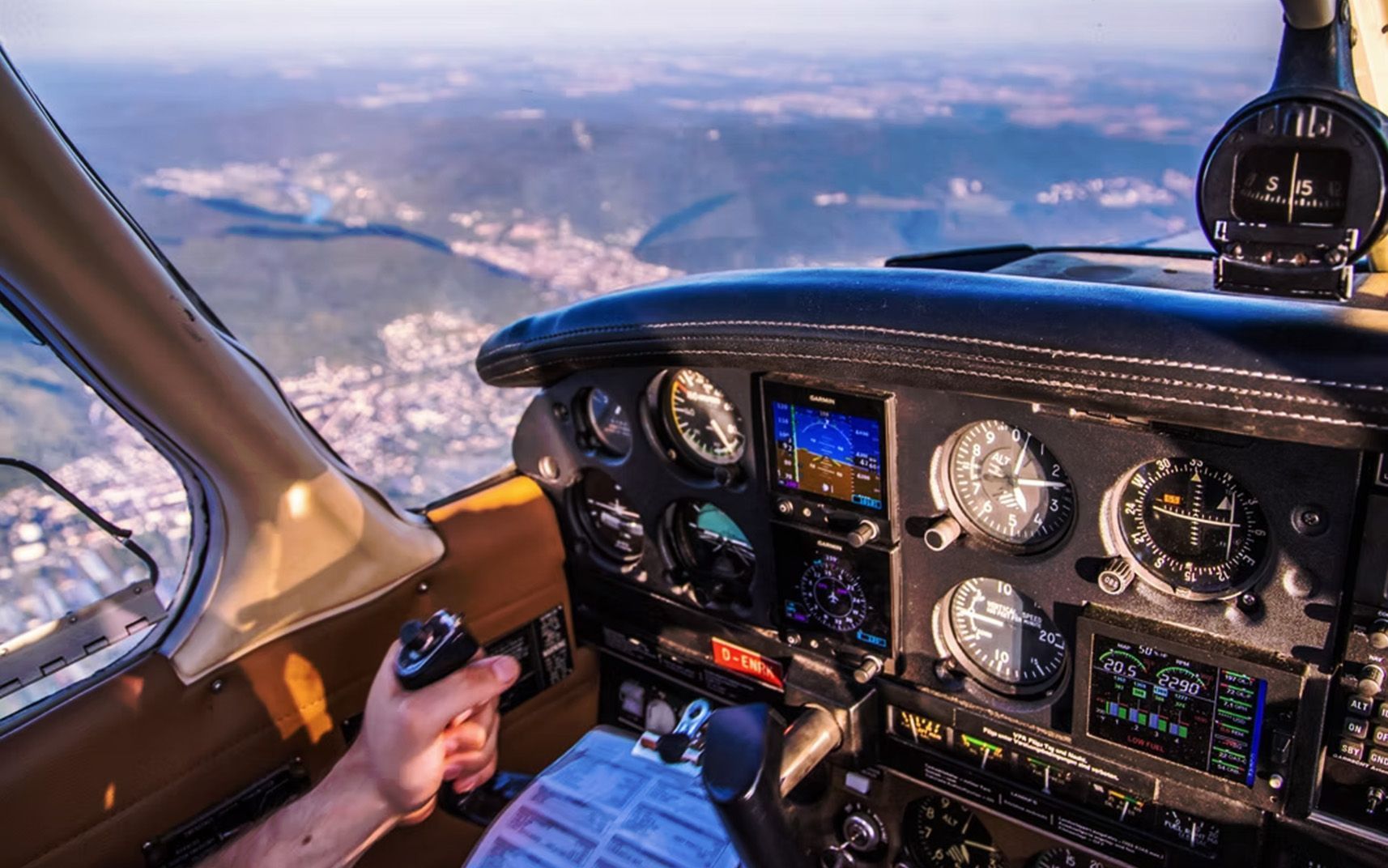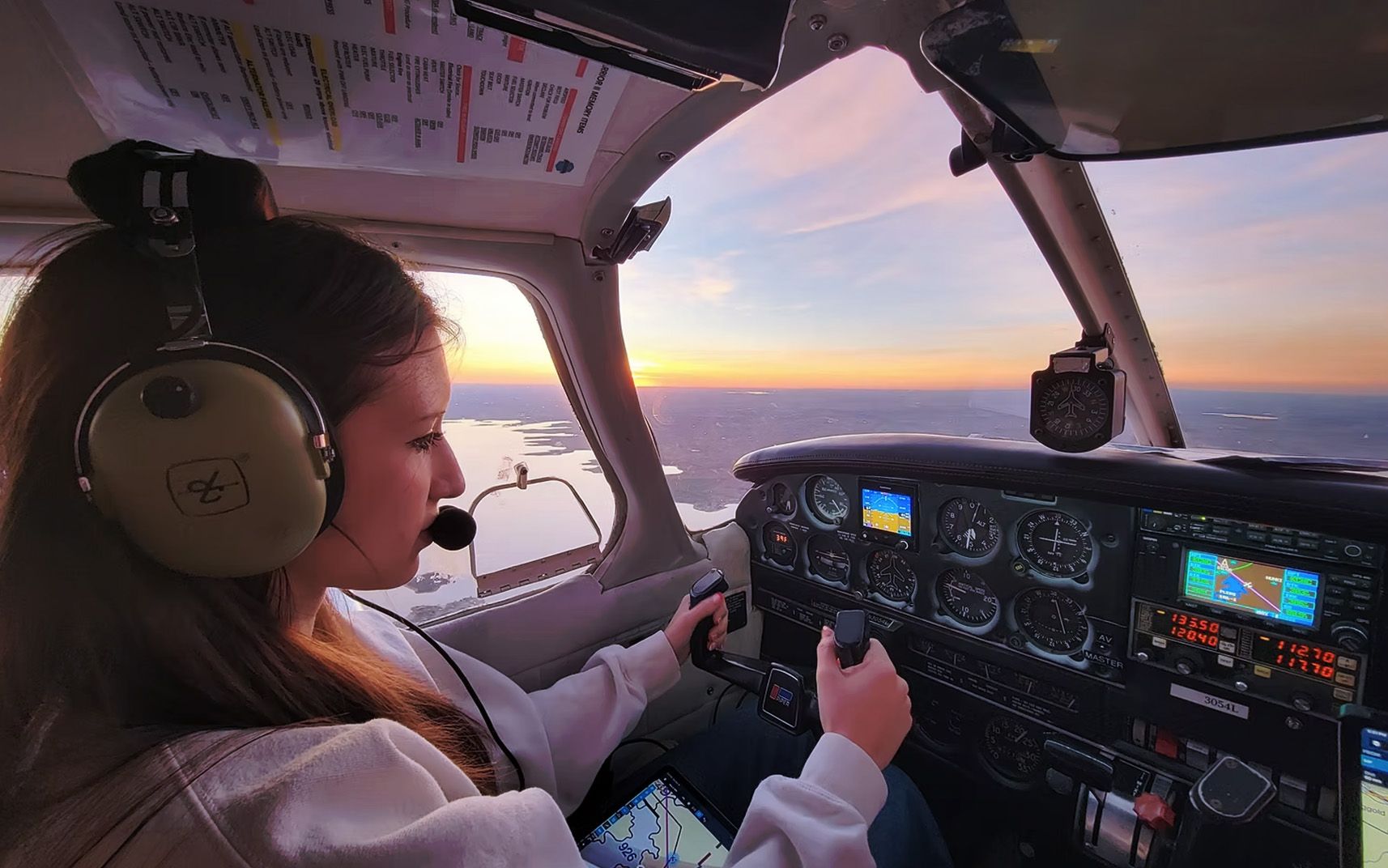Advanced Pilot Training for Achieving Your Multi Engine Rating
Share this article
For pilots who want to improve their skills and explore more aviation options, getting a multi-engine rating is a great next step. This advanced certification opens the door to more complex aircraft, increased performance capabilities, and new career possibilities. Whether you're aiming for a commercial pilot career or seeking to challenge yourself as a private pilot, the multi engine rating is a valuable achievement in your pilot training journey.
What Is a Multi Engine Rating?
A multi engine rating is an additional certification that allows pilots to operate aircraft with more than one engine. Unlike single-engine aircraft, multi engine airplanes are faster, heavier, and often more technically complex. This rating is not a separate license. It is an add-on to an existing pilot certificate, like a private or commercial pilot license.
Pilots must demonstrate proficiency in managing engine-out scenarios, understanding multi engine aerodynamics, and executing precise flight maneuvers under various conditions. The checkride involves both an oral and a practical exam with an FAA examiner. This process makes sure that the pilot understands how multi-engine aircraft perform. This includes handling asymmetric thrust, Vmc, and the steps needed for safely managing engine failure during flight.

Why Pursue a Multi Engine Rating?
There are several compelling reasons to obtain a multi engine rating:
- Career Advancement: Many commercial and airline positions require multi engine experience. Holding this rating expands your employability in the aviation industry. Multi engine time is often considered a crucial milestone in building the flight time required for airline or corporate pilot positions.
- Aircraft Access: It gives you the ability to fly more powerful, high-performance multi engine aircraft that offer greater speed and range. This is especially valuable for pilots interested in cross-country flying, international travel, or flying in challenging weather conditions.
- Safety and Skill Building: Training for a multi engine rating enhances your understanding of advanced systems, redundancy, and emergency procedures. Redundant engine systems can offer increased safety during operations—especially over water or mountainous terrain.
- Challenge and Achievement: It's a rewarding goal for pilots who enjoy mastering new skills and elevating their flying capabilities. Successfully completing multi engine training also builds confidence and demonstrates your commitment to professionalism.
Moreover, for those pursuing careers as flight instructors or airline pilots, the rating is often a prerequisite. Many advanced flight training programs, including those that prepare pilots for jet aircraft, require prior multi engine experience.
FAA Requirements and Advanced Pilot Training Tips
The FAA requires that you already hold at least a private pilot license to pursue a multi engine rating. There is no minimum hour requirement, but most flight schools recommend 10–20 hours of multi engine training before attempting the checkride. The exact amount of training depends on your learning pace, the type of aircraft used, and the availability of your instructor.
Tips for Training Success:
- Choose a Reputable Flight School: Select one with experienced multi-engine instructors and well-maintained aircraft. Schools that specialize in accelerated training or offer advanced simulators can be especially helpful.
- Understand Asymmetric Thrust: Be ready to handle situations where one engine fails and the aircraft becomes unstable. Practice maintaining directional control and identifying the inoperative engine promptly.
- Practice Engine-Out Procedures: These are critical for both the oral and flight tests. Rehearsing these maneuvers regularly builds muscle memory and ensures calm responses under pressure.
- Master Vmc and Critical Engine Concepts: These are often tested heavily in the checkride. Know how to recognize and avoid Vmc rollovers, and understand the factors that influence minimum controllable airspeed.
- Study Aircraft Systems: Know your training aircraft's electrical, fuel, and propeller systems thoroughly. You'll be expected to explain these systems during the oral exam and demonstrate your understanding in flight.
Additionally, if you're planning to pursue your flight instructor certificate, having a multi engine rating can strengthen your teaching credentials and create more opportunities within flight training programs. In fact, many Certified Flight Instructors (CFIs) go on to obtain their MEI (Multi Engine Instructor) rating, enabling them to train others and build valuable multi engine flight time.
Financial Considerations: What to Expect
The cost of obtaining a multi-engine rating varies based on location, aircraft rental rates, and instructor fees. On average, students can expect to spend between $3,000 and $6,000.
Typical Cost Breakdown Includes:
- Multi engine aircraft rental (usually $300–$500/hour)
- Flight instructor time
- Ground school or briefing sessions
- FAA examiner fees
Other expenses might include written test prep materials, simulator time (if offered), and transportation or lodging if you're training at an out-of-town school. If you're enrolled in an integrated program or aviation academy, some of these costs may be bundled with other flight training packages.
Although the cost may seem high, investing in a multi-engine rating can significantly boost your qualifications, especially if you're pursuing a commercial pilot path. The required flight time can often be integrated with other ratings or endorsements to maximize training efficiency. Additionally, flight schools sometimes offer package deals or financing plans to help students manage costs over time.
When considering a school, it’s wise to compare the cost per flight hour, instructor availability, and aircraft type. Some training centers use more modern, fuel-efficient aircraft that reduce costs, while others offer legacy platforms that may require more maintenance downtime.
Choosing the Right Aircraft and Training Environment
The type of multi-engine aircraft used for training can influence both the cost and the quality of your experience. Common training aircraft include the Piper Seminole, Beechcraft Duchess, and Diamond DA42. Each has different systems and handling characteristics, so it’s worth doing some research to find a model that fits your comfort level and goals.
Look for a school that operates within controlled airspace and offers a variety of weather conditions for training. Exposure to real-world scenarios during your flight time will better prepare you for advanced certifications and operational roles.
Also, consider schools that use advanced avionics or simulators. While not required, simulator time can reinforce emergency procedures, cockpit flows, and decision-making skills, all of which are critical in multi-engine flying.
Final Thoughts: Is a Multi Engine Rating Right for You?
Adding a multi-engine rating is a strategic move for pilots with professional ambitions or a passion for advanced flying. It signals commitment, competence, and readiness to operate more sophisticated aircraft. With proper preparation, the right training environment, and a clear understanding of the financial and time requirements, achieving your multi-engine rating is an attainable and highly rewarding goal.
Whether you’re exploring FAA multi-engine training options or considering the next step in your pilot training journey, this rating opens new horizons in your aviation career. It enhances your skillset, improves safety awareness, and lays the groundwork for a future in complex and commercial flight operations.
Recent Posts
